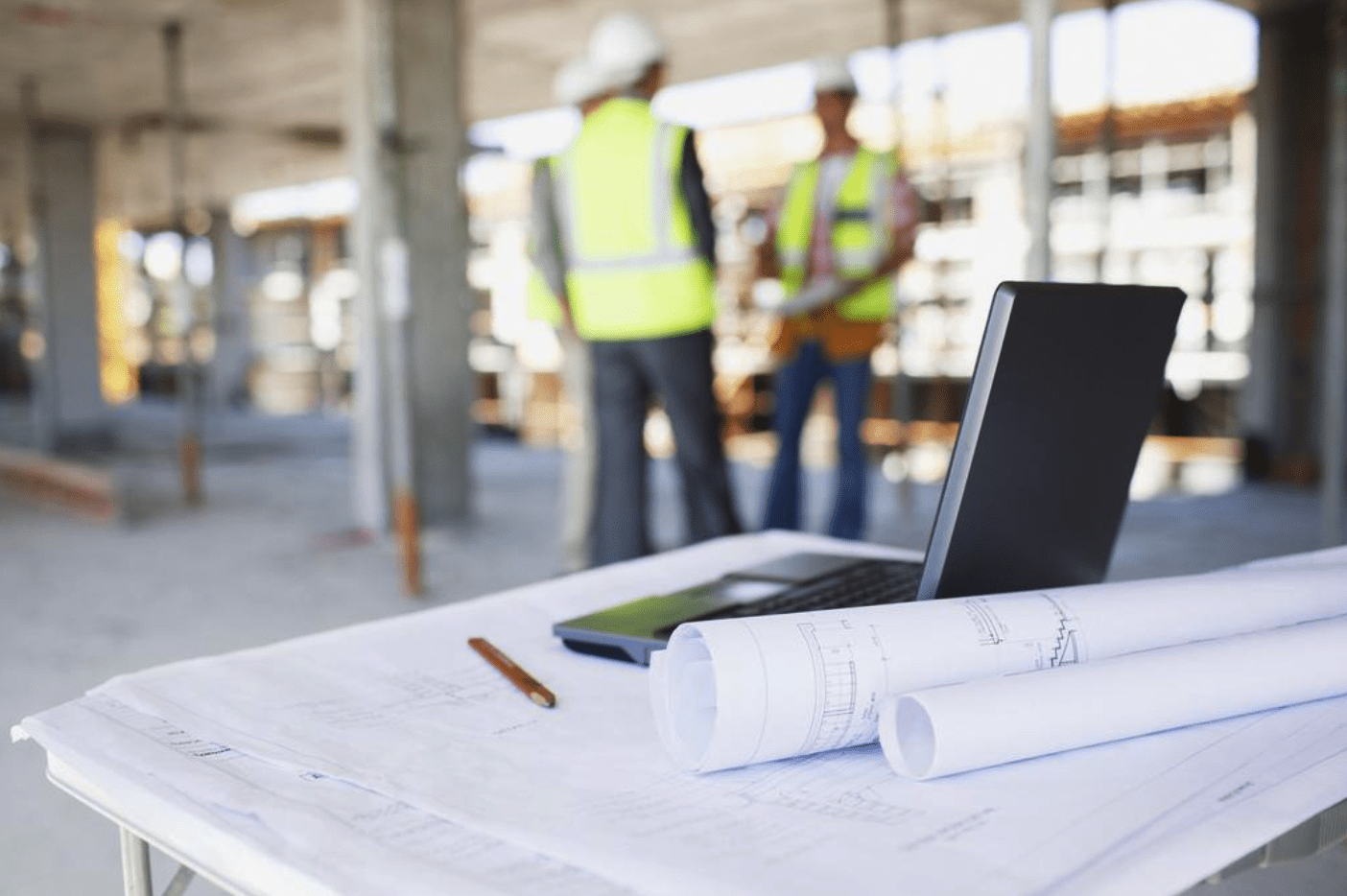Builders, developers, and communities are seeing that the economic and ecological benefits of redevelopment projects outweigh the additional time, resources and effort they may need compared to a traditional greenfield development outside of town.
Dallas-area communities where infill developments have been taking place have been receptive thus far, according to Kyle Whitesell, executive vice president of Bob Moore Construction. “The communities were very helpful and supportive in turning eyesores into high-employment facilities that support the economy and help the environment,” Whitesell said.
Bob Moore Construction has recently helped developers complete three infill projects that could add more than 2,500 jobs in local communities.
- GM Arlington Automotive Logistics Center in Arlington (formerly Six Flags Mall) – 1,800 jobs
- Pioneer 360 Business Center in Arlington (formerly Forum 303 Mall) – 500 jobs
- Jupiter Miller Business Center in Garland (formerly a Raytheon campus) – 300 jobs
The builders and developers of the projects also removed health hazards that were in the previous buildings and land. The Pioneer 360 and Jupiter Miller business centers are LEED-certified as well.
Renewed economic benefits for outdated facilities
Local employment and tax revenues surge when manufacturing and distribution facilities replace buildings that have little or no use, such as old malls that have become little more than flea markets.
“If the facility becomes too old and decrepit and can no longer get a decent rate, it becomes better to tear it down and do it again,” said Brian Flaherty, the developer who spearheaded the redevelopment of the Forum 303 Mall into Pioneer 360 and the building of the Jupiter Miller project on the former Raytheon campus.
Infill developments improve the quality of living for neighbors as well as the community as a whole, Flaherty said. “The land’s value goes up 10 times on the tax rolls, so the city and schools get 10 times the impact,” he said.
Developers also may upgrade the community’s infrastructure, such as replacing water lines and plumbing that are decades old. And the influx of well-paying jobs directly created by new tenants and employers generates growth in nearby businesses such as hotels, restaurants, and stores.
A 400,000-square-foot suburban distribution facility may only need 50 employees to handle the flow of large trucks to and from big stores, Flaherty said. But manufacturers in town may employ 200 to 300 workers for a similarly sized warehouse because they may break large loads of goods into smaller packages for the last-mile of delivery to homes or businesses.
“Some manufacturers need to hire 400 to 500 people, and it’s hard to do that if you’re 20 miles from town,” Flaherty said. “But if you have 2 million people within 10 miles, you can get a lot better workforce.”
Overcoming unknowns in redevelopment
Tearing down old facilities and rebuilding new on the same site is challenging. Contractors may not know where underground utilities are located, for example.
Electrical mains and utilities that ran through the former Forum 303 Mall served other properties as well. “It was a challenge to shut them down and relocate them without disrupting other businesses,” Whitesell said.
The mall site also had to be abated for asbestos, as did the former sites of the Raytheon facility that became Jupiter Miller Business Center and the old Six Flags Mall that became the GM distribution center, Whitesell said.
“It’s more expensive than developing down the road, and the land is more expensive because you’re competing with people who want to buy it to build apartments or something else other than industrial,” Flaherty said.
Flaherty will only choose one site out of every 20 he considers so that he can eventually get the desired return. Though infill projects can take longer, they can get better rent rates and lease out faster when done right, he said.
“Overcoming the problems of what was there before requires a different level of partnership between the contractor and the developer,” Whitesell said. “The checklist of unknowns can be quite large.”
General contractors and developers like Flaherty work together to resolve problems that arise during redevelopment projects. “We work with the client in discovering and understanding early on the problems that might happen because of the unknowns,” Whitesell said.
Why malls are well suited for redevelopment
Old malls make good sites for redevelopment projects because they offer lots of acreage within the urban core, Whitesell said.
“Good, available land has dwindled to a level where a lot of industrial and manufacturing is having to go outside of the market to surrounding sites,” Whitesell said. “When you can find something old in the core area, the structure might not be worth redeveloping but the acreage is very valuable.”
Each acre usually can support 20,000 square feet of industrial space after accounting for pavement for trucks, Whitesell said. “Typically, a third to 40% of the available acreage would be something you could put a roof on.”
Infill industrial projects preserve land elsewhere as well by avoiding greenfield development, Flaherty said. “It’s better if you can keep the community dense and not destroy farmland or increase urban sprawl.”
Companies and communities will continue to pursue industrial infill projects because of the ecological and economic benefits they provide.
“It’s cost-efficient for corporations to stay in the core area of Dallas-Fort Worth,” Whitesell said. “The redevelopment market will grow in the coming years as more and more properties go beyond their shelf life.”
As seen in the Dallas Business Journal
